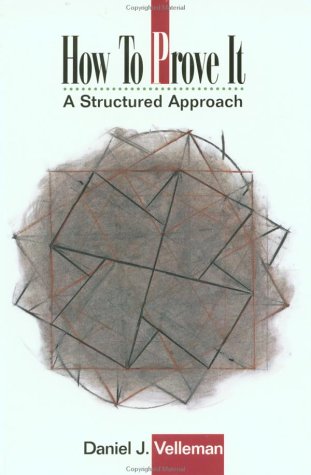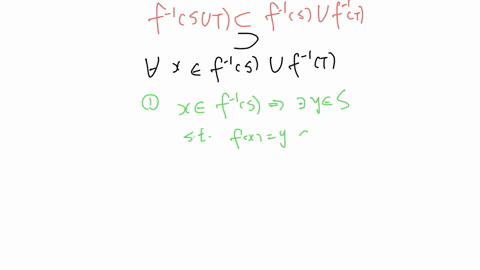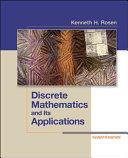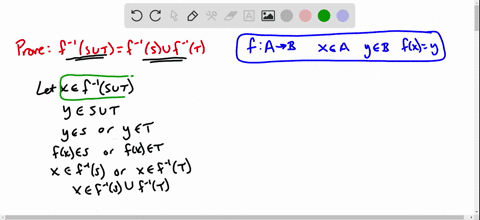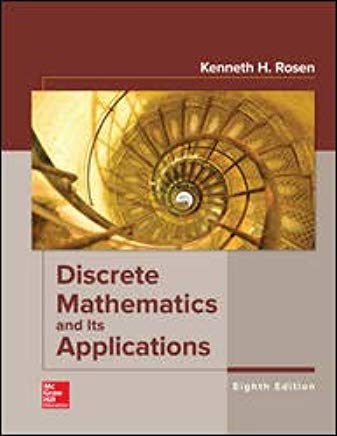Question
Suppose $f: A \rightarrow B$ and $C \subseteq A$. The set $f \cap(C \times B)$, which is a relation from $C$ to $B$, is called the restriction of $f$ to $C$, and is sometimes denoted $f \nmid C$. In other words, $$ f \mid C=f \cap(C \times B) $$ (a) Prove that $f \mid C$ is a function from $C$ to $B$ and that for all $c \in$ $C, f(c)=(f \backslash C)(c)$. (b) Suppose $g: C \rightarrow B$. Prove that $g=f \backslash C$ iff $g \subseteq f$. (c) Let $g$ and $h$ be the functions defined in parts 2 and 3 of Example 5.1.3. Show that $g=h \downarrow \mathbb{Z}$.
Suppose $f: A \rightarrow B$ and $C \subseteq A$. The set $f \cap(C \times B)$, which is a relation from $C$ to $B$, is called the restriction of $f$ to $C$, and is sometimes denoted $f \nmid C$. In other words,Show more…
$$
f \mid C=f \cap(C \times B)
$$
(a) Prove that $f \mid C$ is a function from $C$ to $B$ and that for all $c \in$ $C, f(c)=(f \backslash C)(c)$.
(b) Suppose $g: C \rightarrow B$. Prove that $g=f \backslash C$ iff $g \subseteq f$.
(c) Let $g$ and $h$ be the functions defined in parts 2 and 3 of Example 5.1.3. Show that $g=h \downarrow \mathbb{Z}$.
Chapter 5, Problem 5

Instant Answer
Step 1
First, we know that $f$ is a function from $A$ to $B$, so for each $a \in A$, there exists a unique $b \in B$ such that $(a, b) \in f$. Since $C \subseteq A$, for each $c \in C$, there exists a unique $b \in B$ such that $(c, b) \in f$. Therefore, $f \mid C$ is Show more…
Show all steps
